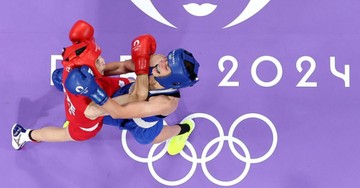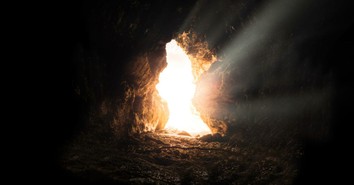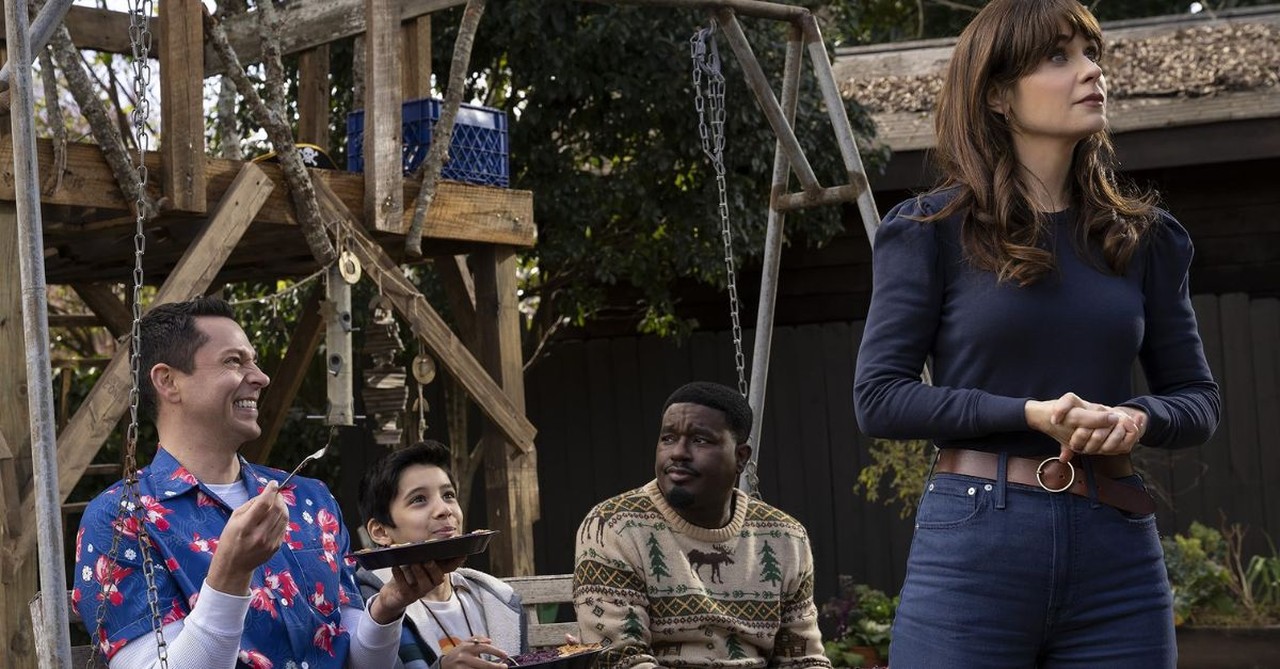
Harold is a joyful young boy with a magical crayon and a wild imagination who lives in a world where anything—literally—is possible.
If Harold draws it, it comes to life. He draws a pie, and then a porcupine, and then a moose. Each time, his creation bursts into existence.
But as Harold grows up, he begins to explore questions he didn’t consider at his younger age.
“If I drew you guys,” he tells his animal friends, “then who drew me?”
Soon, Harold learns of a place known as the “real world,” where life is more colorful but also more complicated. The real world is supposedly forbidden, but that’s not stopping him.
“With the crayon, anything is possible,” he says.
So one day, Harold uses his magical crayon to draw a door to the real world. He steps through it. Within moments, Harold is exploring the lush landscape of a city park, enjoying the vibrant colors and the three-dimensional surroundings not possible on the pages of a storybook.
He also soon learns that the real world is -- indeed -- more complicated.
It’s all part of the new live-action family movie Harold and the Purple Crayon (PG), which stars Zachary Levi (Shazam!, American Underdog) as Harold, Lil Rel Howard (PAW Patrol: The Mighty Movie) as Moose and Zooey Deschanel (Trolls series, Elf) as a new friend, Terry.
Here are three reasons families will enjoy it – parents and children alike!
Photo Credit: ©Sony/Harold and the Purple Crayon
1. It’s a Classic Book Brought to Life
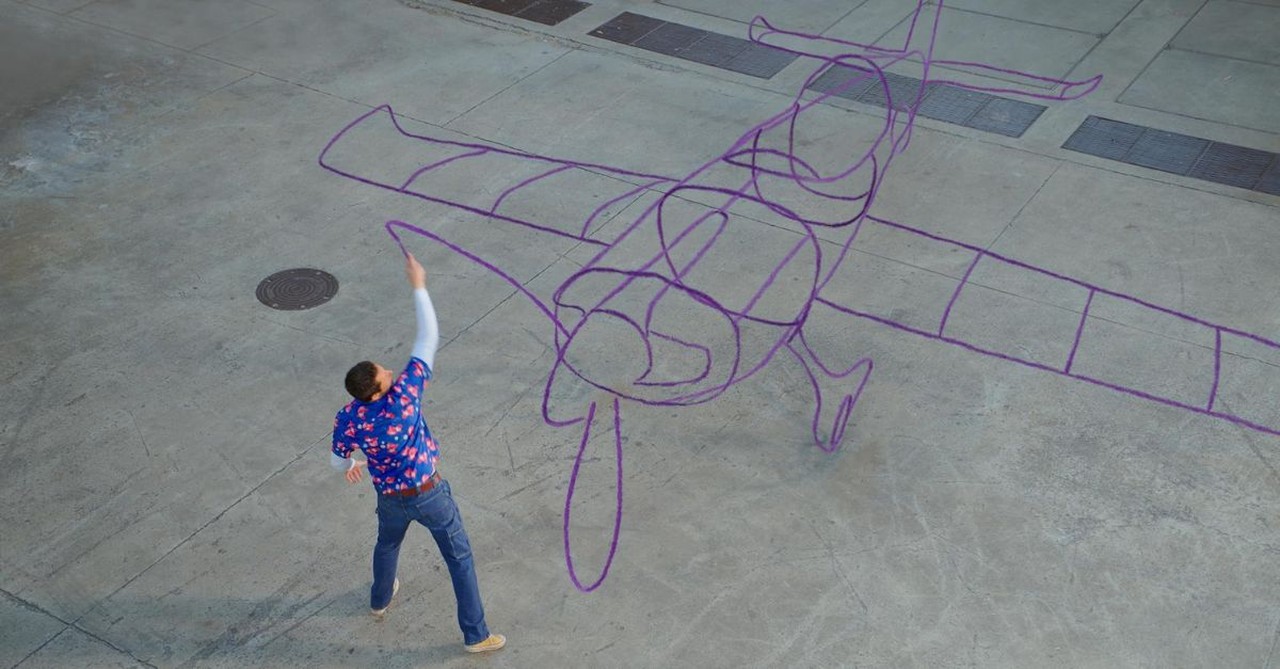
1. It’s a Classic Book Brought to Life
SLIDE 1 OF 3
The film is a continuation of the 1955 children’s book of the same name, written and illustrated by Crockett Johnson. It follows a young boy named Harold, who uses his magical purple crayon to create a world of adventure and exploration. Armed with his crayon, Harold draws a moon, a path, an apple tree, a dragon, and even a boat to cross an ocean.
The book’s simple yet striking illustrations and straightforward narrative have made it a timeless favorite, encouraging children to use their imaginations to explore and create their own adventures. (The story concludes with Harold drawing a cozy bed and drifting off to sleep—a scene that has served as a delightful and effective bedtime cue for countless parents of energetic children over the decades.)
Just as in the film, the book depicts Harold drawing a porcupine and a moose.
Some families will undoubtedly watch the film and rush out to purchase the book.
Photo Credit: ©Sony/Harold and the Purple Crayon
2. It Celebrates Imagination and Creativity

2. It Celebrates Imagination and Creativity
SLIDE 2 OF 3
Similar to the movie IF, Harold and the Purple Crayon encourages children to explore the endless possibilities of their own creativity -- creativity that is a gift from a creative God.
The film opens with Harold entering the real world, followed closely by his friends Moose and Porcupine—each of whom appears as a human even though they maintain their animal-like characteristics. (Moose sleeps standing up; Porcupine has a passion for vegetables.)
Harold’s goal is to find his creator/narrator, the “old man,” yet that quest is quickly disrupted when he and Moose are nearly hit by a car driven by Terry, who reluctantly offers the strangers a night in her attic when her young son, Mel, invites them over. “When people need help, we help,” Mel says, quoting his late father.
The acquaintance quickly turns into a friendship, especially after Mel learns of the crayon and watches as Harold magically creates a dozen pies and paints Terry’s drab house a unique shade of purple.
“Mom is always stressed out,” Mel says, referencing his father’s death. “... I just want her to be happy like she used to be.”
The plot turns when the local librarian, a wannabe author named Gary (Jemaine Clement), learns of Harold’s crayon and believes it could help promote his quirky fantasy manuscript to publishers. The plot thickens when Gary steals it. (Don’t worry: Harold broke it in half and gave Mel the other part.)
Photo Credit: ©Sony/Harold and the Purple Crayon
3. It’s Fun, Funny and Keeps it Clean
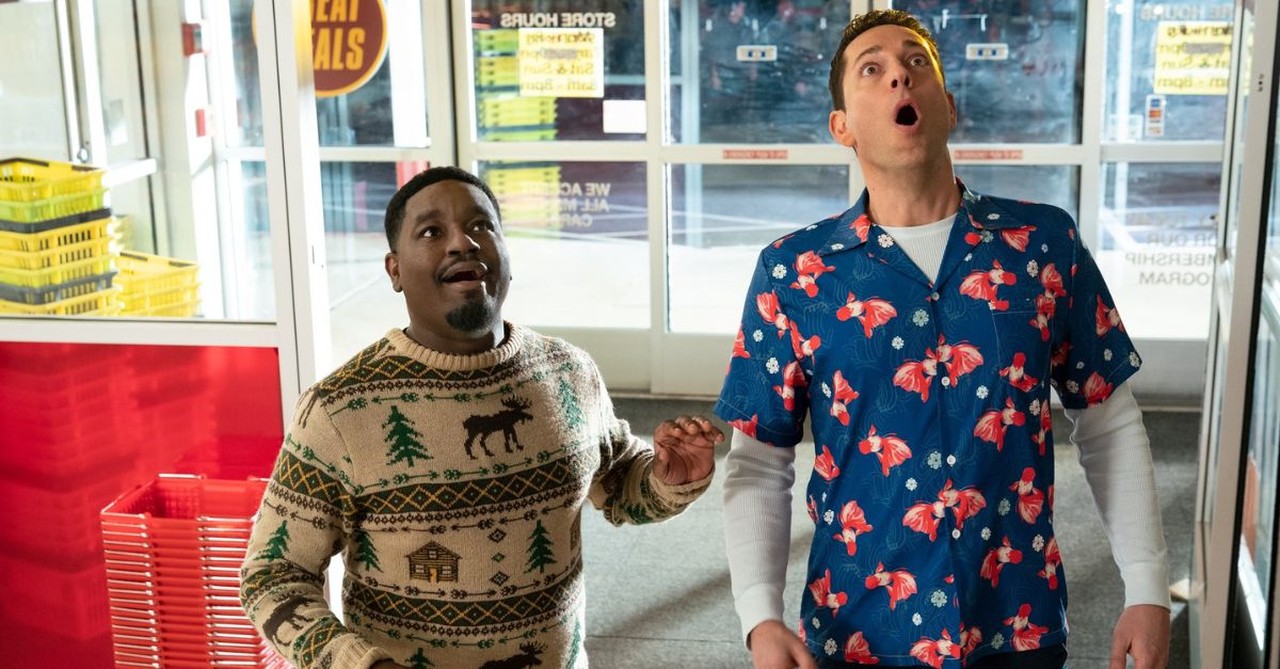
3. It’s Fun, Funny and Keeps it Clean
SLIDE 3 OF 3
The film combines the playfulness Levi brought to Shazam! with the wonder that was at the heart of the 1955 book.
Looking for a way to find the “old man,” Harold draws an airplane and sky writes a message in the sky. Not wanting to land his new vehicle, he draws a parachute and glides to earth. Later, he draws a piano for Terry. He also creates a helicopter for a young boy. (That one nearly ends in disaster.)
Harold and the Purple Crayon stays firmly in PG territory, with only minor language (details below) and no sexuality (Harold says, “we stayed the night” at Terry’s house -- a phrase Gary apparently thinks means something different than reality). It has limited violence, such as when two boys bully Mel in the hallway (he accidentally hits one of them in the nose), and Harold battles Gary in a “drawing duel” in the film’s final moments. The latter depicts Gary turning into a knight and magically creating a volcano with lava in the hopes of defeating Harold.
Toward the end of the movie, Harold does, indeed, meet his creator, who tells him: “I wanted to show folks that with a little imagination, you can make your life whatever you want it to be.” (That is a mixed bag from a biblical worldview, as our desires must align with God’s will.) The creator adds, “We only have so much time in this world, but we leave our mark in the lives we change.”
Harold and the Purple Crayon offers families a rare treat: a live-action film featuring minimal content concerns with a few solid lessons for all ages.
Rated PG for mild action and thematic elements. Coarse language: OMG (2). Gary’s book also references “masculine nipples.” Discussion questions: How is creativity and imagination a gift from God? Is God creative? (How?) Can creativity be a form of worship? (How?) How can we ensure our imagination aligns with biblical truth and God’s will?
Entertainment rating: 4 out of 5 stars.
Family-friendly rating: 4 out of 5 stars.
Photo Credit: ©Sony/Harold and the Purple Crayon
Michael Foust has covered the intersection of faith and news for 20 years. His stories have appeared in Baptist Press, Christianity Today, The Christian Post, the Leaf-Chronicle, the Toronto Star and the Knoxville News-Sentinel.
Listen to Michael's Podcast! He is the host of Crosswalk Talk, a podcast where he talks with Christian movie stars, musicians, directors, and more. Hear how famous Christian figures keep their faith a priority in Hollywood and discover the best Christian movies, books, television, and other entertainment. You can find Crosswalk Talk on LifeAudio.com, or subscribe on Apple or Spotify so you never miss an interview that will be sure to encourage your faith.
Originally published August 02, 2024.

